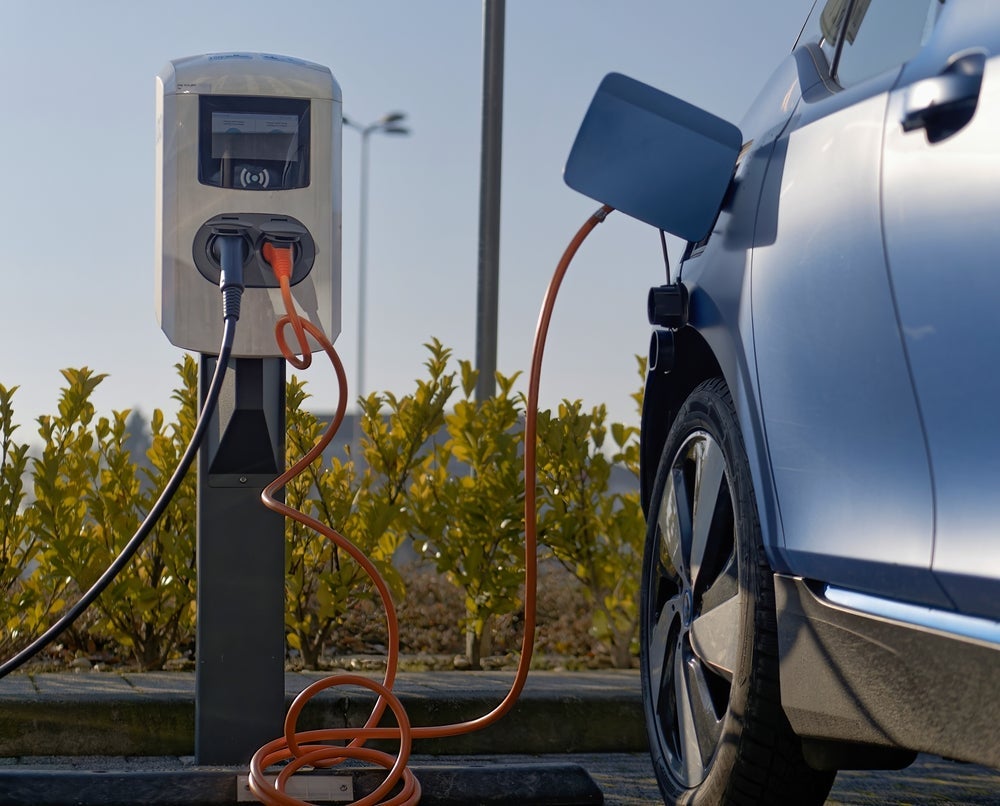Electric vehicles (EVs) are widely viewed as one of the key technologies spearheading the energy transition, and lead attempts by companies and nations alike to meet ambitious net-zero targets.
But while it is true that they do not directly emit any harmful gases like internal combustion engine (ICE) cars do, other aspects of the EV life cycle are a cause for concern.
Electric vehicle production problems
Battery electric vehicles (BEVs) feature prominently among the vast majority of decarbonisation strategies worldwide, such as China’s aim for its carbon dioxide emissions to peak before 2030 and achieve carbon neutrality by 2060. The country has invested heavily in BEV technology, and it has built up a considerable lead within the space, thanks to the stranglehold it possesses on global supply chains for the critical minerals the batteries require as components.
But the mining of these materials presents a huge quandary. Lithium-ion cells are the dominant method of producing the electrical energy needed to power EVs, but the mining of lithium—largely from Australia or the salt flats in South America—requires vast amounts of groundwater to pump out the brines from which the metal is processed.
In Chile, water stress has become a big problem for the indigenous communities living in the vicinity of the mines, who suffer from intense and enduring droughts as well as the overall degradation of freshwater quality. Rare earth elements (REEs), another key component, can often emit radioactive substances such as water and dust during the extraction process.
Electric vehicles are not going off grid
Despite producing no harmful gases while powering the car, the notion that EVs are completely zero-emission during use is incorrect. The electric grids that enable the charging of EV batteries can often be fossil fuel-powered, so while the car itself produces no emissions, the environmental benefits can be mitigated by the indirect production of emissions by the grids that charge the batteries.

US Tariffs are shifting - will you react or anticipate?
Don’t let policy changes catch you off guard. Stay proactive with real-time data and expert analysis.
By GlobalDataHowever, this depends on where exactly the vehicle was charged, as many power plants already draw their energy from renewable sources. This issue should further improve as countries look to clean up their electric grids by closing coal plants in favour of a transition to more sustainable means of energy production, such as wind and solar power.
What happens to the batteries?
While efforts to recycle lithium-ion batteries and the elements contained in them are increasing, the recycling rate of the lead-acid batteries found in conventional combustion engine cars stands at 99%, far outweighing the 5% rate of lithium-ion cells used in BEVs.
If lithium-ion batteries end up in landfills, the cells can release toxins that leach into the soil and groundwater, while landfill fires that can burn for years constitute another worrying side-effect.
Battery recycling targets have been introduced, such as the EU’s updated battery recycling directive, which has set lithium recovery targets from recycled batteries at 50% by 2027 and 80% by 2031. However, even recycling the batteries presents issues, as the process can be hazardous—if a cell is cut in the wrong place, it can short-circuit, combust, and release toxic fumes. The sheer volume of Li-ion battery production coupled with rising recycling rates only stands to increase the likelihood of this problem.
Time to rethink transportation?
Transport is essential to the way society functions and defines how we live in the modern world. But rather than placing so much focus on lower-emission cars, should we be looking at transport methods that reduce the need to drive cars in the first place?
The transformation of the way we move around may be a necessary evolution in the fight against the climate crisis. In an increasingly urbanized world, investing in transit, more extensive and integrated cycling routes, and even walkable cities could be crucial in keeping our carbon footprint in check.






